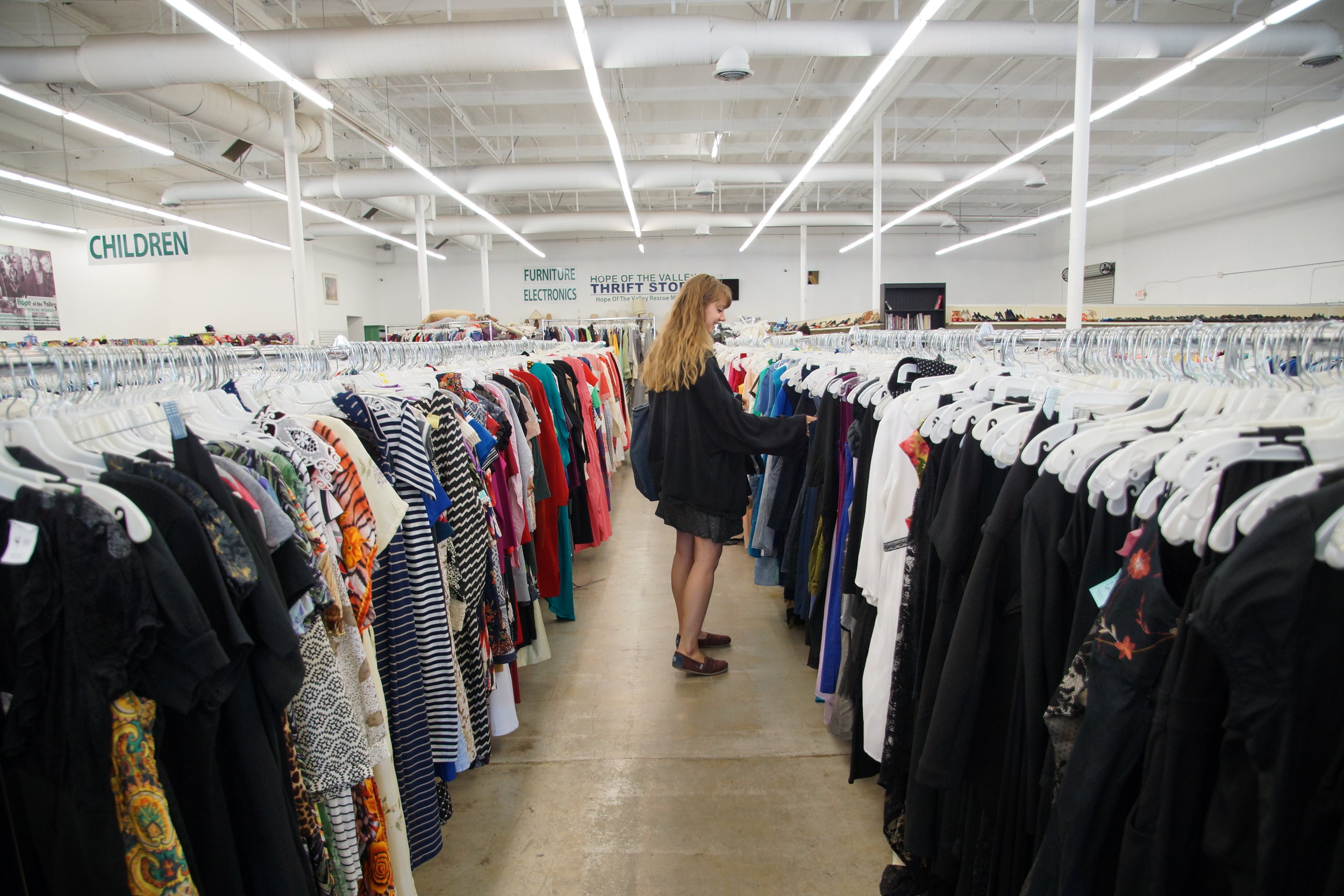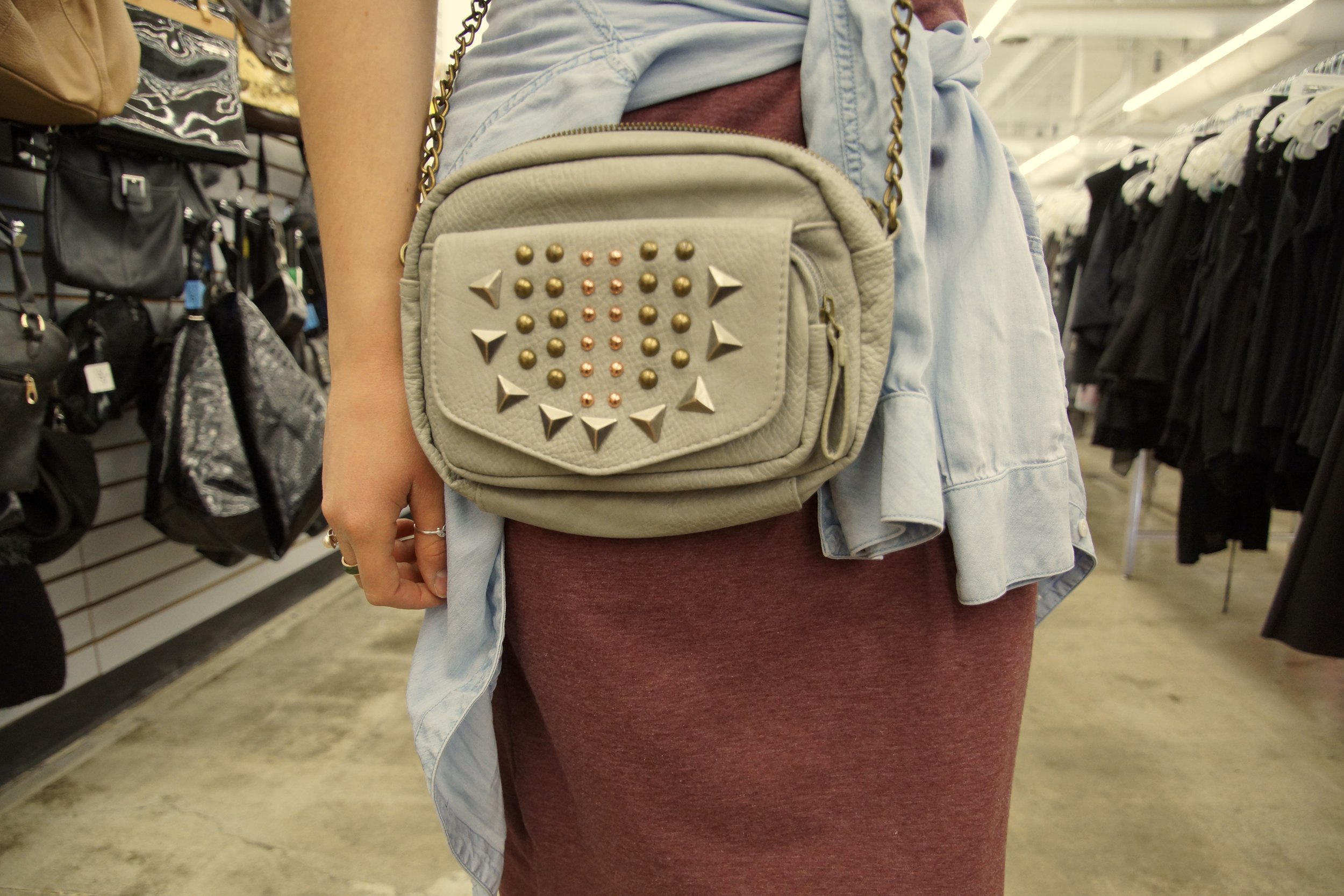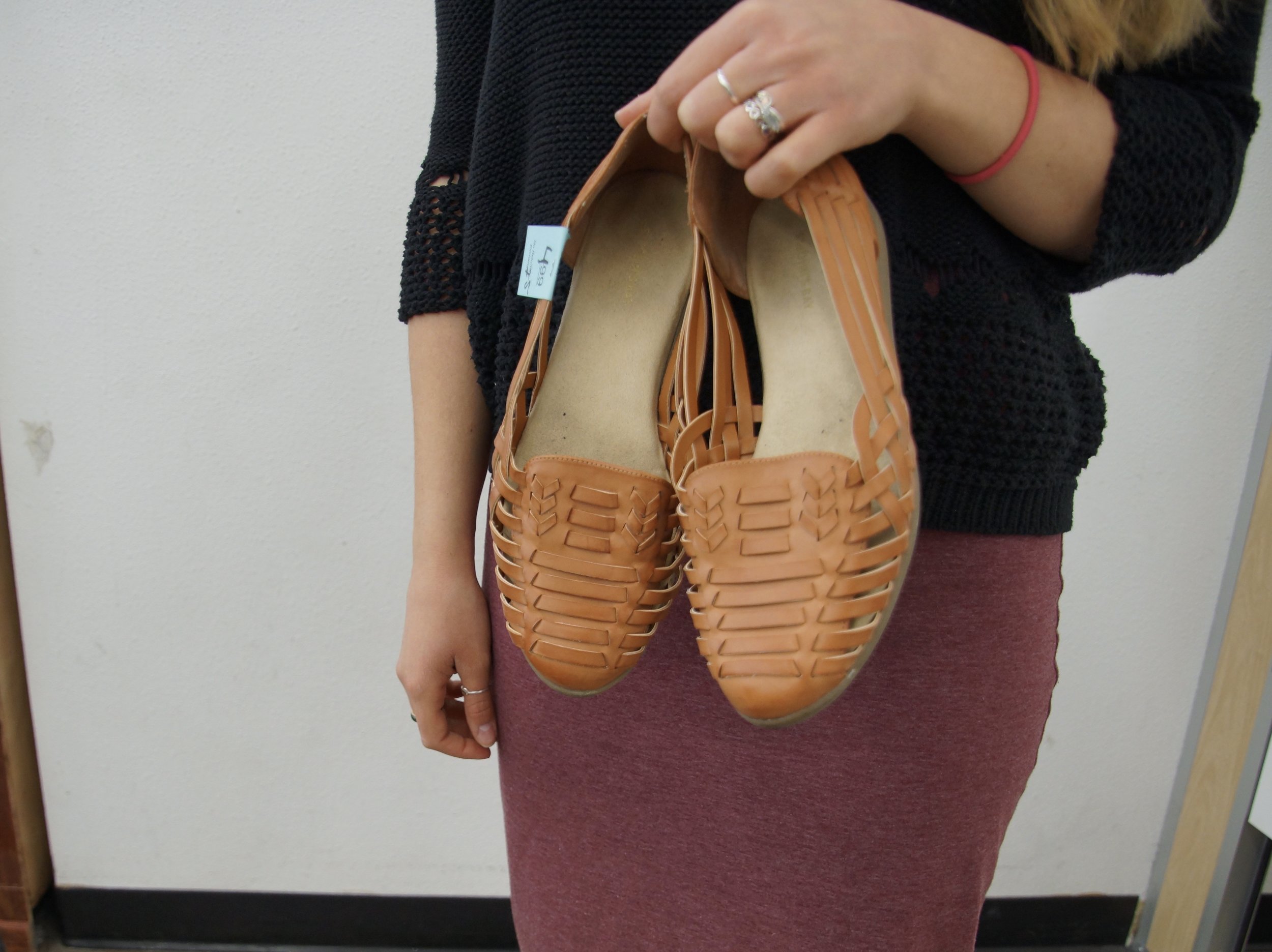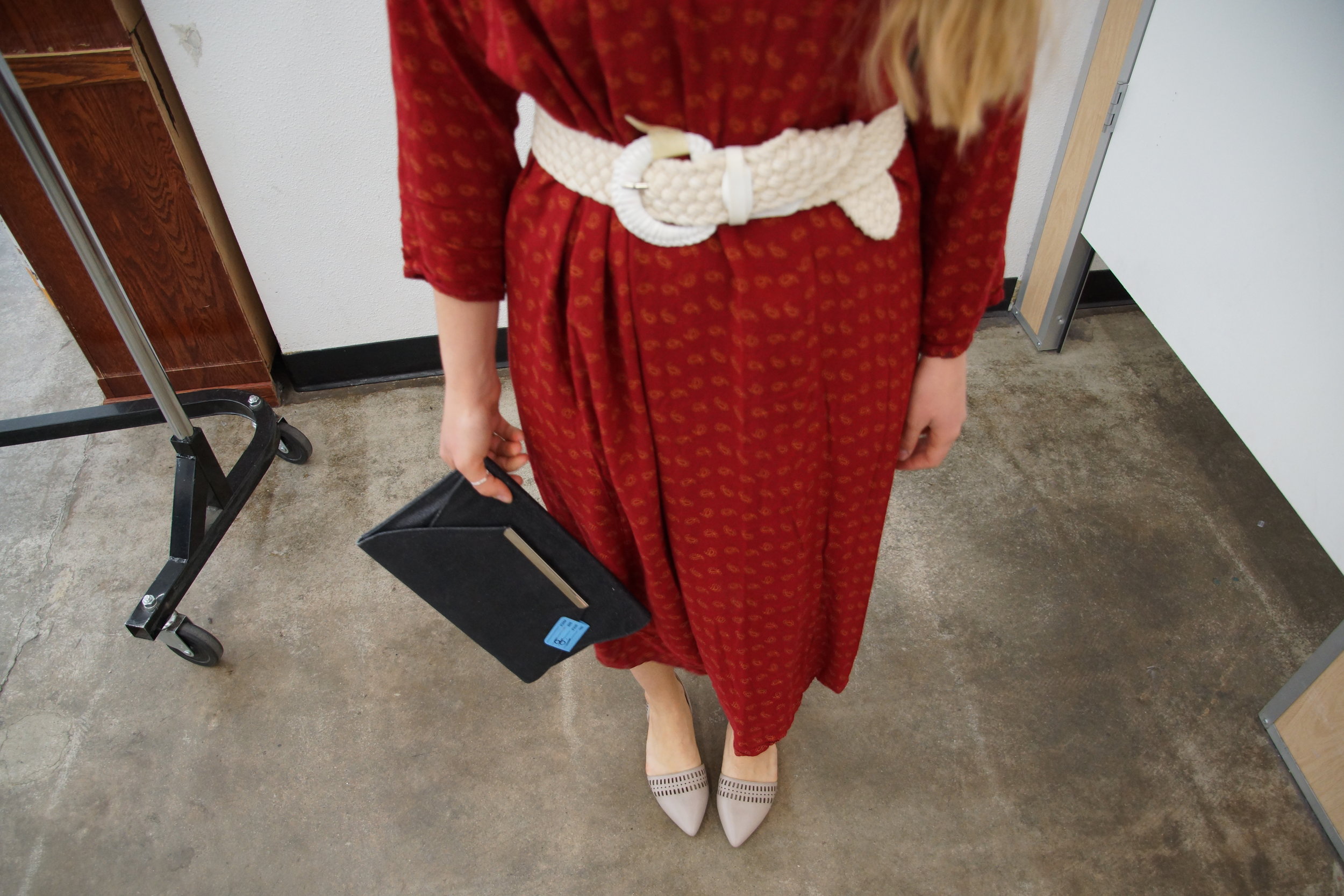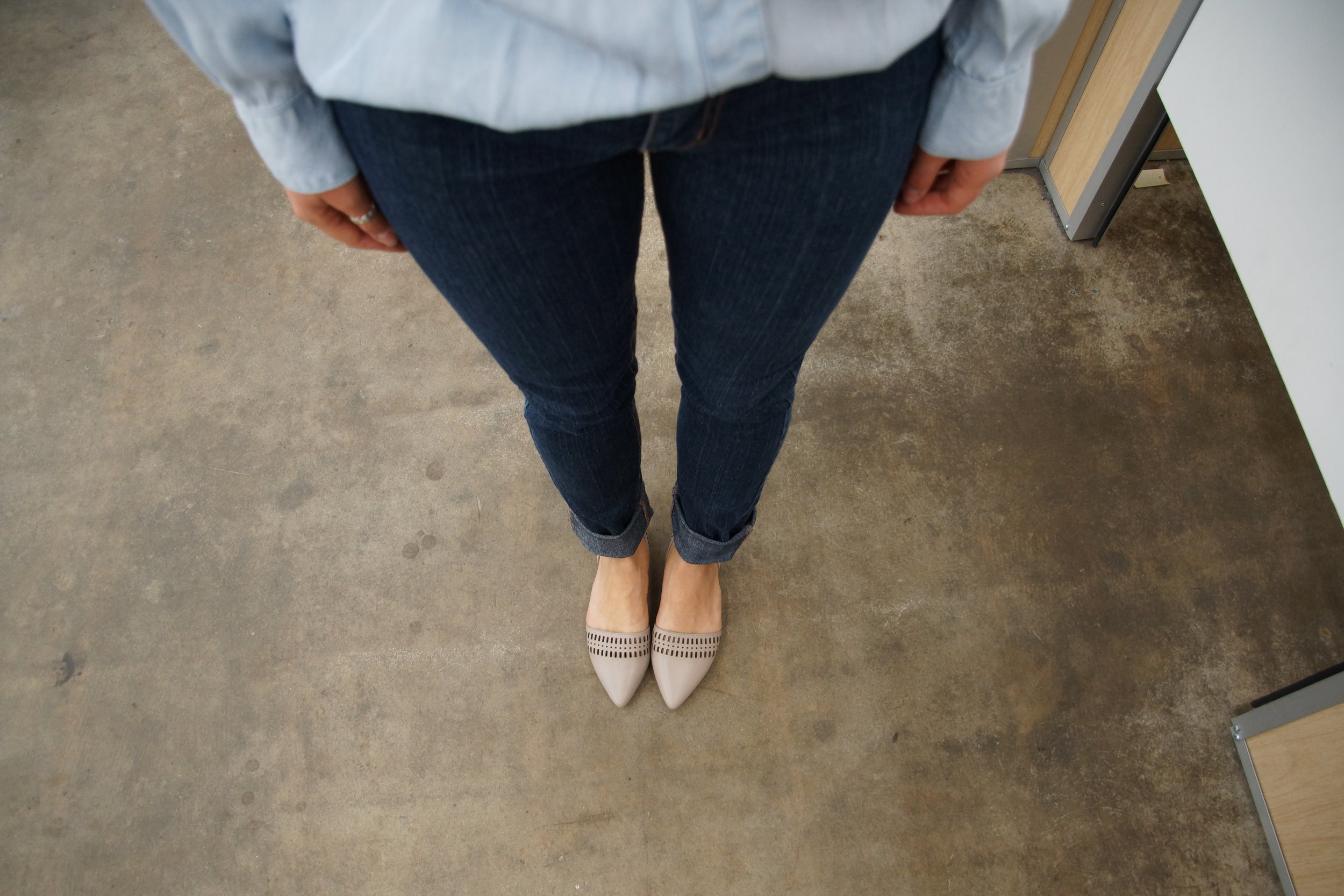Thrifting as a Form of Ethical Fashion
When you hear the words “thrift store,” the next thing to pop into your head might be associations like, “eclectic,” “old,” “cheap,” “grandma’s closet,” or maybe something not as nice. Probably the last thing you think of is the word “ethical.”
“Ethical?” You’re thinking. “I mean, I understand environmentally friendly, and good for the wallet, but ethical?”
Let me clarify for you. Think of a favorite chain store that is around your area. Now picture the clothing section. Do you remember the last time they had a sale? How long are the clothes on the rack before the newest style comes in? How expensive are the clothes that they are selling, and how many of the same piece are available?
Big brands and chains stores tend to sell items that fit into the category known as “fast fashion,” which is clothing styles, colors and designs that change multiple times in a year or even change multiple times in one season. Many times fast fashion items can’t be traced back to their factory sources, and the brands don’t know where they are getting their products from, or at least not fully.
Big brands and chains stores tend to sell items that fit into the category known as “fast fashion,” which is clothing styles, colors and designs that change multiple times in a year or even change multiple times in one season
There is a new movement in the fashion industry for brands to have transparency. In terms of fashion, this means that they can trace their products all the way back to the raw materials, and that this information is readily available to the public.
But, why is transparency a big deal? One reason is that the less a company knows about where it’s products are coming from, the more likely it is that there is labor trafficking taking place. By seeking to become transparent, brands are seeking to show their support of the eradication unfair labor wages and labor trafficking, by becoming accountable to the public.
Thrift stores are a fantastic alternative to fast fashion and unethical labor trafficking. Although you might still be buying big name brands in the thrift store, you are refusing to directly consume fast fashion, and seeking to reuse the materials already made and available. By making this simple choice, you help to put a stop to labor trafficking by lowering the demand for it in the market.
Thrift stores are a fantastic alternative to fast fashion and unethical labor trafficking. Although you might still be buying big name brands in the thrift store, you are refusing to directly consume fast fashion, and seeking to reuse the materials already made and available.
So, earlier this week I visited a local thrift store about 15 minutes from where I live. Here is what I found and my tips on for thrifting beginners.
Thrifting Tips:
The Before:
My first tip for going to a thrift store is to make sure you have a plan. I always take a good look at my closet before going and ask myself these 3 questions:
“Is there an item I need to replace?”
“Is there a certain color that I am looking for?”
“Do I need any new pieces for a change in the weather?”
During:
First, know what you like. When I arrive at a thrift store, I naturally gravitate straight towards the dresses because, I love a good sundress! (Who’s with me?)
Secondly, know what you wear and be realistic. On a daily basis I tend to wear a lot of blacks, blues, and grays. Knowing what colors you like, which shades look good on you, and your go-to styles is helpful when approaching a thrift-store. It narrows down your options, and keeps your searching time at thrift-store to a minimum.
Not sure what you like or the colors that bring out your personality and eyes? That’s the benefit of bringing a friend with you! The friend I brought picked out an outfit for me, and I ended up purchasing two of the pieces.
I was able to put together several ensembles while at the thrift shop by mixing and matching a few pieces, and all of the outfits I put together were no more than $16 dollars. Who doesn’t love a deal like that?
After:
Make sure that you wash the clothes you bought when you get home. The closer you follow the care tags, the longer the clothes will keep their color and shape, and the longer they will last.
From this trip to the thrift-shop, I bought a light-wash jean shirt for $4 dollars, a black-knit sweater for $4, and a pair of neutral point-toe flats for $7. Paired with my favorite dark-wash jeans, red-beaded necklace (both from previous thrifting experiences) I ended up with a new outfit for $15.
I have been thrifting for all of my outfits for the past 7 years, and I’ll let you in on a secret. People always ask me where I buy my clothes, and I always have the privilege of telling them, “I bought it a thrift shop. It helps to stop demand for slave labor and labor trafficking. Why don’t I take you sometime?”
You don't have to wait until December to be a part of the impact. Join the Dressember Collective and become part of a powerful community of advocates and donors furthering the work and impact of the Dressember Foundation through monthly giving.
XO
About the Author
Amanda Kinney just graduated from The Master’s University and calls Southern California home. She enjoys long walks, rain, photography, and all things peppermint. On a daily basis, she can be found eating vegan food and talking with her peers about ethical issues. She is enthusiastic about being on the Dressember team and plans on being a life-long advocate against slavery.

